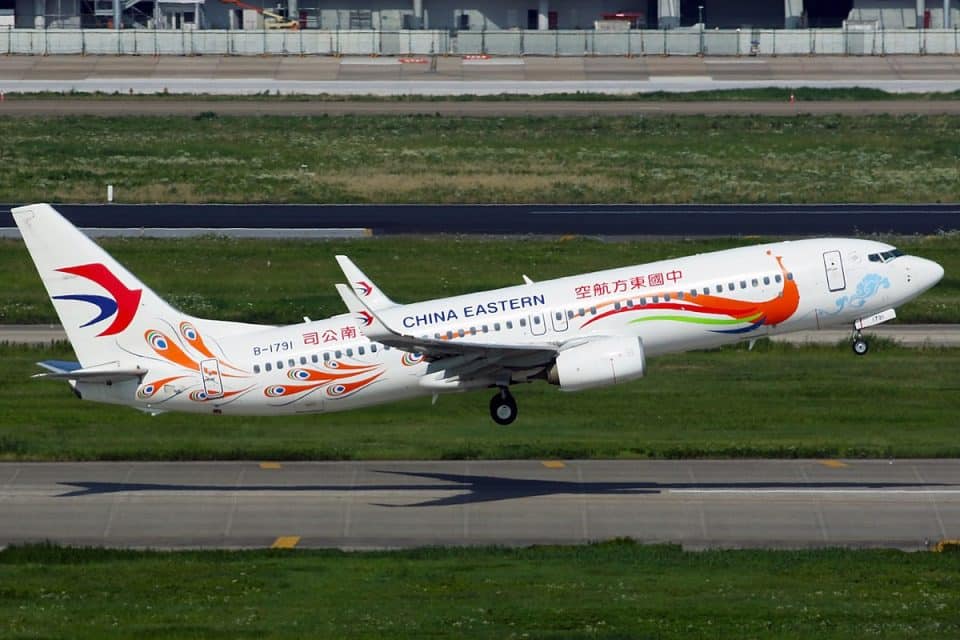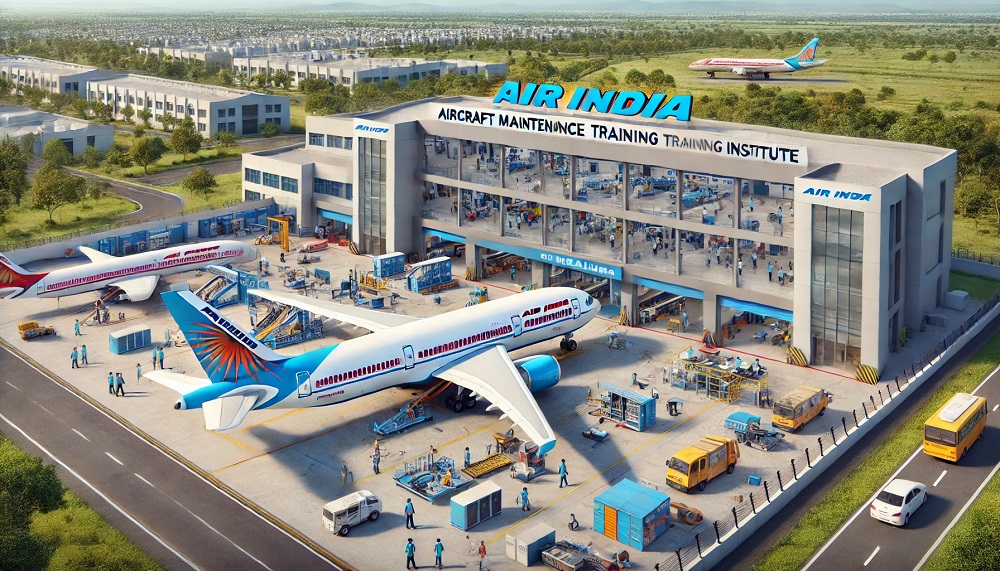Airlines
CAAC issues brief statement on China Eastern 737 crash

About a year after China Eastern Airlines (600115.SS) Flight MU5735 crashed, killing all 132 aboard, the country’s aviation regulator said on Monday that investigators were still examining the cause of the accident.
The Civil Aviation Administration of China (CAAC) released remarks stating that the authority “conducted an in-depth inquiry into the accident” with “meticulous and rigorous technical investigative work.” The CAAC also stated that it collaborated with appropriate departments.
The technical investigation team “has conducted detailed examinations of the plane wreckage over the past year to determine the possible working status of key control components of the plane prior to the crash, conducted experiments on more than 100 significant pieces of wreckage, and analyzed the causes of damage,” the CAAC added.
According to Shao Quan, a professor at the Nanjing University of Aeronautics and Astronautics, providing the public with updates on the status of an inquiry at the one-year mark is a standard procedure and necessity in the worldwide civil aviation business.
Also, who explains why the probe is still ongoing, investigations into large aircraft disasters typically take longer than a year due to the technical complications and uncertainties that they must overcome.
Only 25% of civil aviation aircraft accident investigations worldwide over the past 30 years have produced final results in under a year, Shao continued. According to the regulator, the investigation team will continue to carry out cause analysis and experimental verification work and immediately provide an evaluation in accordance with the inquiry’s progress.

Airlines
Air India to Launch aircraft maintenance training institute in Bengaluru

Air India, one of India’s leading global airlines, is set to establish a Basic Maintenance Training Organization (BMTO) in Bengaluru.
This institute will offer a comprehensive Aircraft Maintenance Engineering (AME) program certified by the Directorate General of Civil Aviation (DGCA). The program will follow an integrated 2+2 year structure, combining classroom learning with practical, hands-on training.
This initiative is part of Air India’s broader goal of creating a robust aviation ecosystem in India. With plans to expand its fleet and strengthen its operations, the airline aims to build a skilled workforce of maintenance engineers, making the organization self-reliant while supporting its ambitious transformation journey.
This country tops visa rejections in the popular Schengen countries
To bring this vision to life, air india has partnered with Bengaluru Airport City Limited (BACL), a subsidiary of Bangalore International Airport Limited (BIAL). Together, they will develop a state-of-the-art facility spanning 86,000 square feet at Bengaluru Airport City.
This purpose-built campus will feature modern classrooms, well-equipped laboratories, and qualified trainers to deliver world-class education and training. The institute is expected to become operational by mid-2026.
The BMTO will be located close to Air India’s new 12-bay Maintenance, Repair, and Overhaul (MRO) facility, also set to open in Bengaluru by early 2026. The AME program will begin with two years of academic coursework, followed by two years of practical training at the MRO, ensuring students receive hands-on experience adhering to industry standards.
Sanctions & Engine Issues Ground Half of Russia’s A320neo fleet
In the meantime, Air India has introduced a Cadet AME program in collaboration with reputable institutions in Bengaluru and Hyderabad.
This ensures continuity in its commitment to developing skilled aircraft maintenance engineers while the BMTO facility is under construction. The program also allows students to pursue a bachelor’s degree through university partnerships, enhancing their career and academic opportunities.
With this initiative, air india plane aims to address the growing demand for skilled professionals in aircraft maintenance and engineering, air india new planes contributing to the development of India’s aviation sector and creating specialized career paths for aspiring engineers.
-

 Aviation2 months ago
Aviation2 months agoMicrosoft Flight Simulator Raises $3 Million to Bring Back the An-225 Mriya
-

 Airlines2 months ago
Airlines2 months agoQatar Citizens Can Travel to the United States Without a Visa
-

 Aviation2 months ago
Aviation2 months agoQatar Airways bans these new Electronic Devices on plane
-

 Airlines2 months ago
Airlines2 months agoJapan Airlines Rolls Out Free Domestic Flights to International Passengers
-

 Defence2 months ago
Defence2 months agoWhich Country Has the Largest Fleet of Fighter Aircraft?
-

 Airport2 months ago
Airport2 months agoWestern Sydney Airport Welcomes Its First Plane After 6 Years of construction
-

 Travel2 months ago
Travel2 months agoQatar Airways Launches Four Additional Flights from Amsterdam
-

 Aviation2 months ago
Aviation2 months agoDid you know ? Once Boeing 747 carried 1088 passenger in 1991








